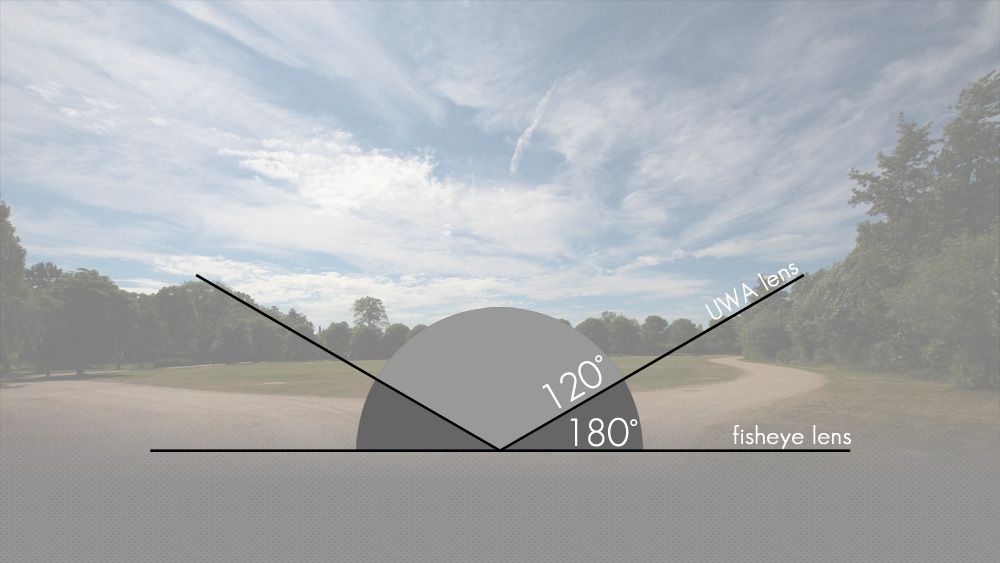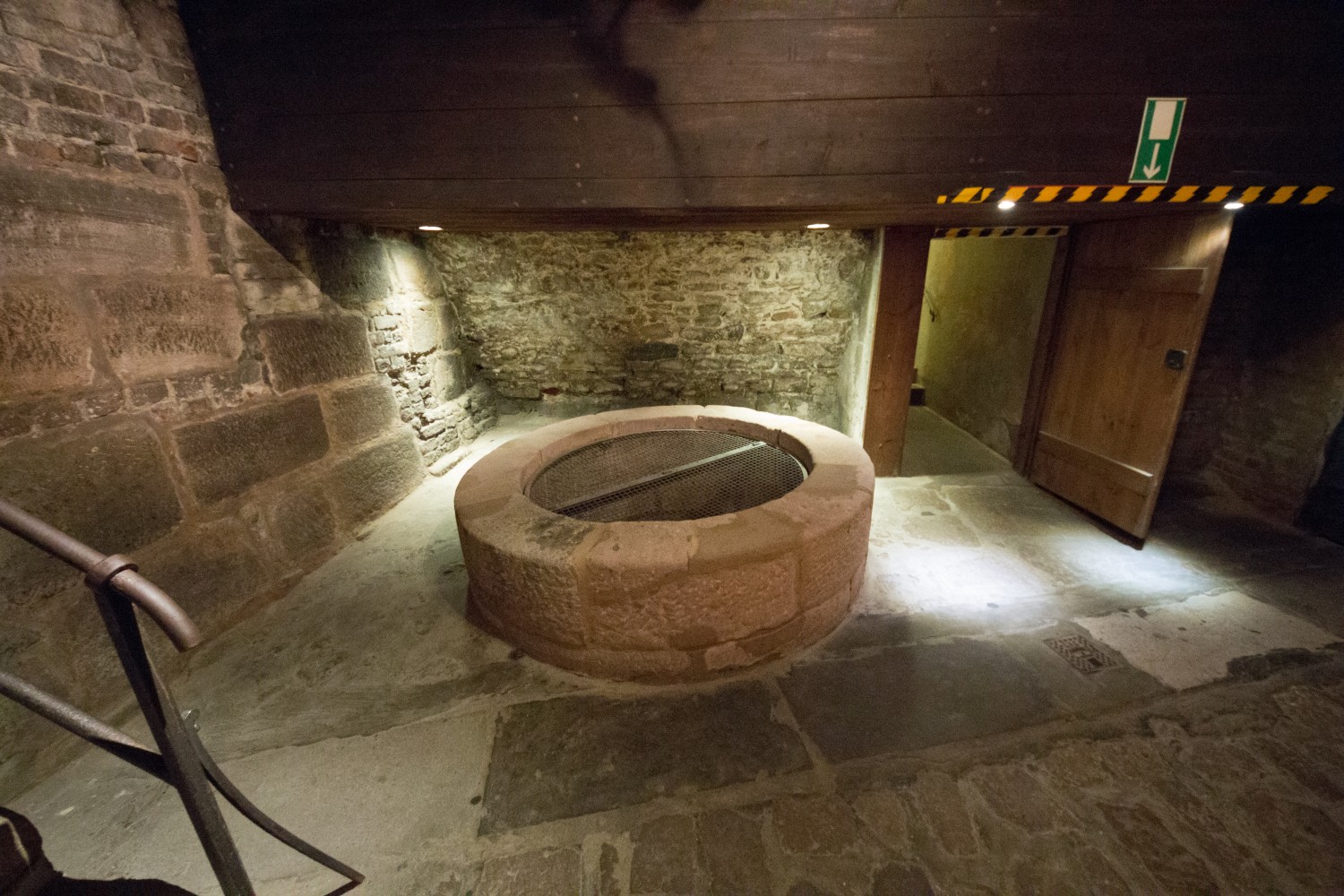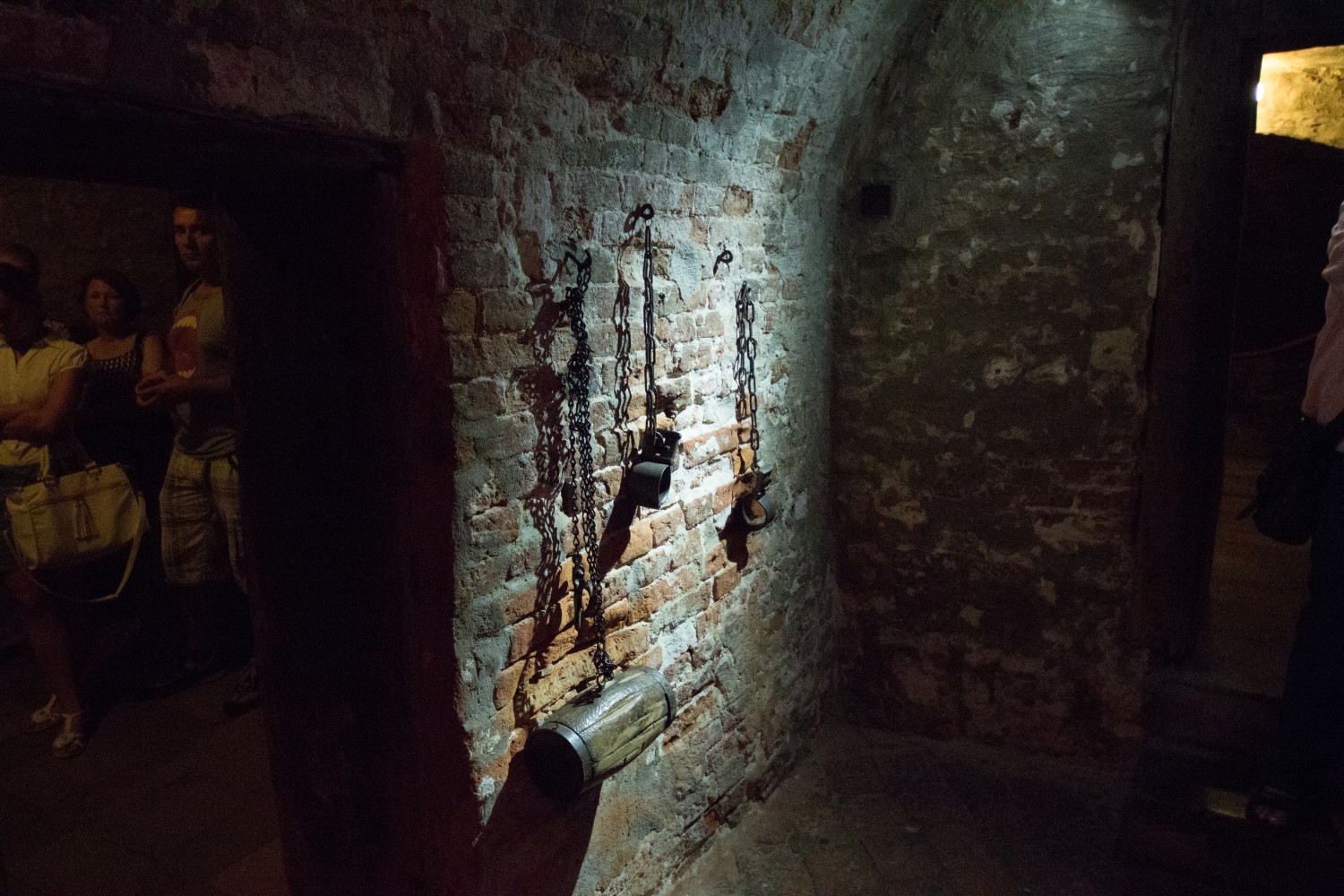Battle of the ultra-wide angle lenses
Especially during sight-seeing it is often desirable to capture a big scene. In this case, it is great to have a wideangle or even ultra-wide angle (UWA) lens in your pocket. After I was able to take pictures with a Canon EF 8-15mm f/4L Fisheye USM lens, I wanted to have a comparable lens (with an extreme image angle).

It is important to know that the lenses I will introduce are UWA lenses and no fisheye lenses. The difference looks quite small on the spec sheet but has an enormous effect on the picture detail. Fisheye lenses offer a diagonal image angle of up to 180° while UWA lenses normally "only" offer up to at about 120°. Especially, this inures to the benefit of clear lines. While fisheye lenses represent these lines round, pictures on UWA lenses still look natural to the human eye.
Selection criterions
Like for everything, the budget was limiting the range of products for me. I would love to buy the Canon fisheye lens; it creates brilliant pictures and is very high quality - but also very expensive. The price of more than 1000 euro would have exhausted my budget of 650 euro. Another criterion was the camera type. Because I'm not planning to buy a full-frame DSLR, it was sufficient to buy a lens for APS-C cameras.
After some researches I stumbled upon the following products:
| Product | Link | Drive type | MSRP | Amazon |
|---|---|---|---|---|
| Tokina 11-16mm f/2.8 AT-X Pro DX | [click!] | Ultrasonic | 599 € | 530 € |
| Canon EF-S 10-22mm f/3.5-4.5 USM | [click!] | Ultrasonic (USM) | 689 € | 500 € |
| Canon EF-S 10-18mm f/4.5-5.6 IS STM | [click!] | Stepper motor (STM) | 279 € | 230 € |
| Sigma 8-16mm f/4.5-5.6 DC HSM | [click!] | Ultrasonic (HSM) | 999 € | 630 € |
| Sigma 10-20mm f/3.5 EX DC HSM | [click!] | Ultrasonic (HSM) | 899 € | 450 € |
While have a deeper look at the particular lenses I figured out additional requirements:
- Less then 10mm beginning focal length - to get that awesome wide look
- Image stabilization not required - because I'm not filming or chosing longer exposure times without tripod
- High sharpness in corners - often poor with UWA lenses
Time to have a look at some more details of the particular lenses:
| Product | Filter | Weight | Lenses/Groups | [popover text="Maximum diagonal image angle" trigger="hover" placement="top"]Image angle[/popover] | Extras |
|---|---|---|---|---|---|
| Tokina 11-16mm | 77mm | 550g | 13/11 | 104,0° | Lens hood |
| Canon EF-S 10-22mm | 77mm | 385g | 13/10 | 107,3° | |
| Canon EF-S 10-18mm | 67mm | 240g | 14/11 | 107,3° | Image stabilization |
| Sigma 8-16mm | 75mm | 555g | 15/11 | 121,2° | Bag and lens hood |
| Sigma 10-20mm | 82mm | 520g | 13/10 | 109,7° | Bag and lens hood |
I ditched the Tokina lens because of the highest focal length and the built quality - espeically the quality was often criticized in many tests and reviews. The Canon lenses would also have been interesting but - if possible - I wanted to have a lens with less then 10mm of local length. The Canon EF-S 10-18mm f/4.5-5.6 IS STM might be interesting if you also plan to create videos because it is the only one coming with image stabilization and STM. Especially while recording videos, STM lenses can focus continously. Finally, the two Sigma lenses were the only ones left; because of the focal length, the 10-20mm sounded rather uninteresting to me.
Sigma 8-16mm vs. Sigma 10-20mm
Like mentioned above I was interested in the Sigma lenses so I rent them from a retailer for a couple of days. So I had the possibility to do extensive tests with the two lenses to check whether the internet reviews were right. 🙂
Like other vendors, Sigma uses some buzzwords to describe the particular advantages and features of their lenses. Here's an extract for the two lenses mentioned above:
| Term | Explanation |
|---|---|
| DC | Designed for APS-C cameras (even though the socket also fits on fullframe cameras) |
| HSM | Hyper Sonic Motor, ultrasonic motor. Effect: fast and silent focussing. |
| EX | Wide-aperture lens (normally 3.5 continous or better) |
| IF | Internal Focussing, lens groups are moving inside the lens. Effect: faster focussing, robust construction. |
| ASP | Aspherical lens. Effekt: sharper images by automatic correction of abbreations, smaller and lightweight construction possible. |
With a weight of more than 500g, both lenses are kinda heavy and lie comfortably in the hand. The case is plastic-like, but very high-quality as there are no wobbly or shabby parts. A distance scale helps while focussing. The lens mount is made of metal for both lenses; so you can switch them as often as you want without breaking them. I really appreciate that Sigma includes a lens hood and also a bag that can be mounted on a belt to both lenses. Those are things you need to buy additionally for most other vendors - great!
Both lenses offer a good imaging performance. I was able to acknowledge that the 8-16mm offers greater sharpness in corners than the 10-20mm. I was really amazed that the 8-16mm still creates acceptable pictures in bad lightning conditions (see gallery). If the pictures should be better than just acceptable, the 10-20mm is the better choice. I'm using the UWA lens especially for sight-seeing at daylight - so the lower aperture doesn't bother me. When shooting pictures I'm using the 8mm focal lenght setting the most time. Using this setting it is possible to create unique and funny perspectives. Keeping the crop factor of my APS-C camera (1,6) in mind, the difference between the 8-16mm (effectively 12,8-25,6mm) and 10-20mm lens (effectively 16-32mm) is noticable. The 8-16mm brings so much fun - especially shooting pictures of people is awesome.
On the internet I stumbled upon an interesting website comparing the image performance of both lenses: [click me!]
The site compares the particular image regions of both lenses. You will see that the 8-16mm offers a greater sharpness in corners but also more vignetting.
On PixelPeeper you can see plenty additional example photos of the 8-16mm and 10-20mm.
Conclusion
The is no absolute recommendation. You really should decide on our own by having a deep look at the particular lenses. I also recommend you to borrow them; particular vendors and shops are borrowing lenses for interested customers.
Because of the extreme focal length, I decided to go for the Sigma 8-16mm f/4.5-5.6 DC HSM. Especially the 8mm focal length creates fascinating perspectives - I'm using this setting the most time when taking photos. During bad lightning conditions, the image performance is still acceptable (see gallery) - I was expecting worse here.
If you plan to capture darker scenes, you should have a look at the Sigma 10-20mm f/3.5 EX DC HSM; that lens also has the best price/performance ratio in this test. If you also want to record videos with the UWA lens, you might be happy with the Canon EF-S 10-18mm f/4.5-5.6 IS STM.
Links and example photos
Some links for tests of the particular lenses:
- Tokina 11-16mm Hand-on Review by DigitalRev: [click me!]
- Canon EF-S 10-20mm USM Hands-on Review by Christopher Frost Photography: [click me!]
- Canon EF-S 10-18mm IS STM Hands-on Review by DigitalRev: [click me!]
- Sigma 8-16mm Hands-on Review by Christopher Frost Photography: [click me!]
- Sigma 10-20mm Hands-on Review by Christopher Frost Photography: [click me!]
At least, some example photos:






